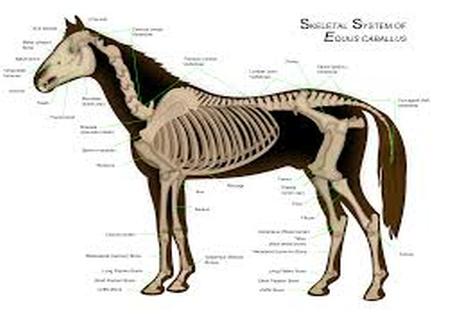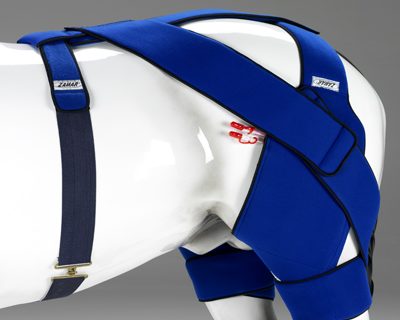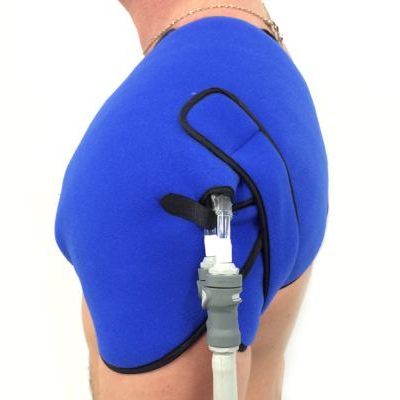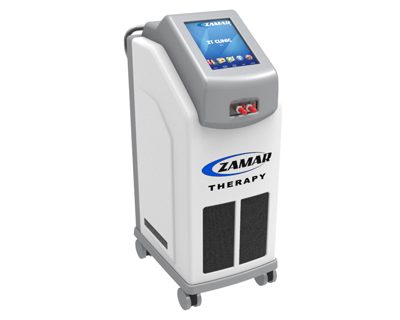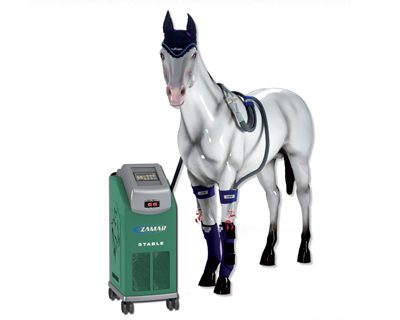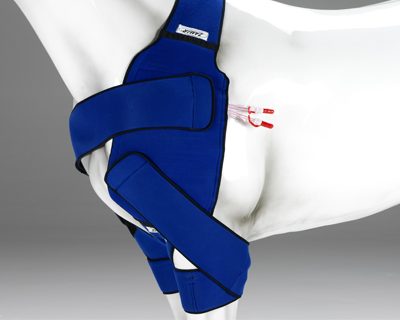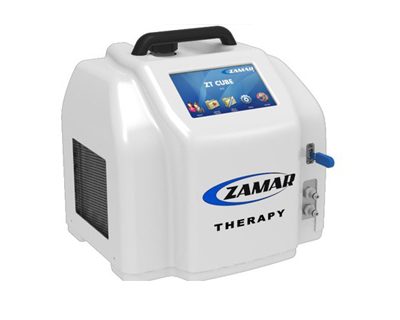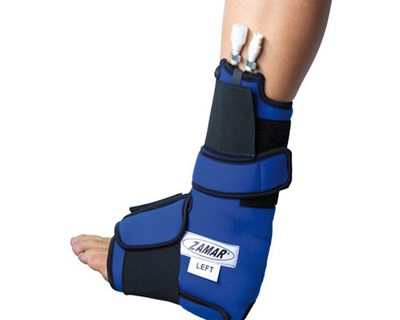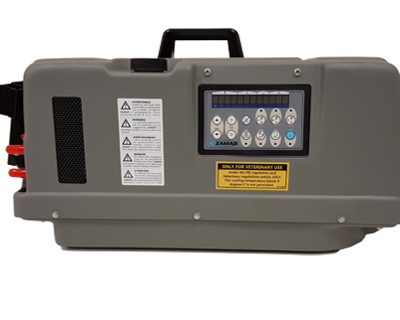When your horse suffers a musculoskeletal injury or undergoes surgery, the healthy cells of the involved ligaments, muscles tendons, bone, blood vessels, nerves or other soft tissues sustain primary traumatic damage,
Your horse’s initial reaction to an acute injury is inflammation. The accompanying pain results from actual damage to the nerves as well as pressure on healthy nerves exerted by the hematoma (local blood accumulation – bleed). Therefore, the first step to recovery is to reduce inflammation in the affected region.
Faster Healing can be HINDERED
After the primary traumatic damage, your horse’s job of resolving the hematoma and rebuilding tissue can be complicated by “secondary hypoxic injury” when decreased and impaired blood flow chokes healthy tissues surrounding the injury site of oxygen. As more cells are damaged and die, more fluid can be drawn out of your blood vessels, leading to additional swelling and a cycle that slows your recovery
COLD Therapy and compression
When administered properly, R>I>C>E (Rest, Ice, Compression, Elevation) can reduce the total amount of cell destruction, tissue damage, swelling (edema) muscle spasm and pain – reducing the potential severity of the injury and enabling quicker recovery

